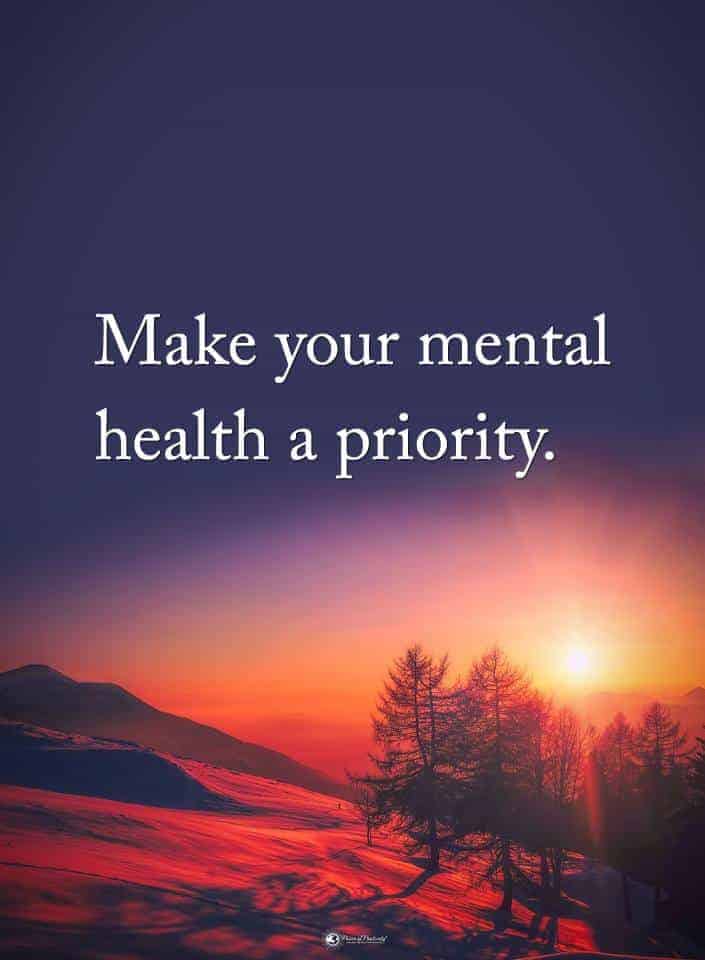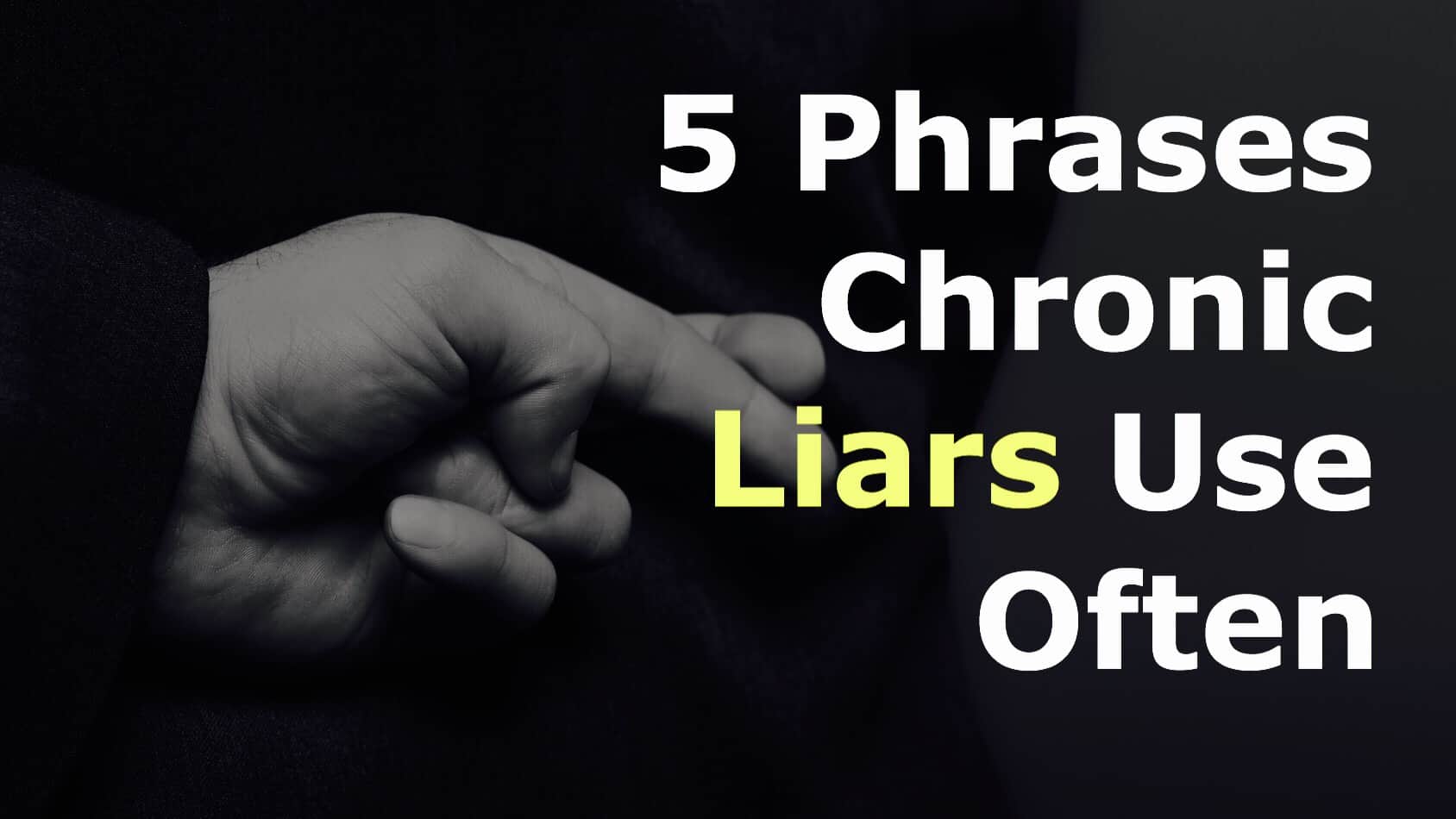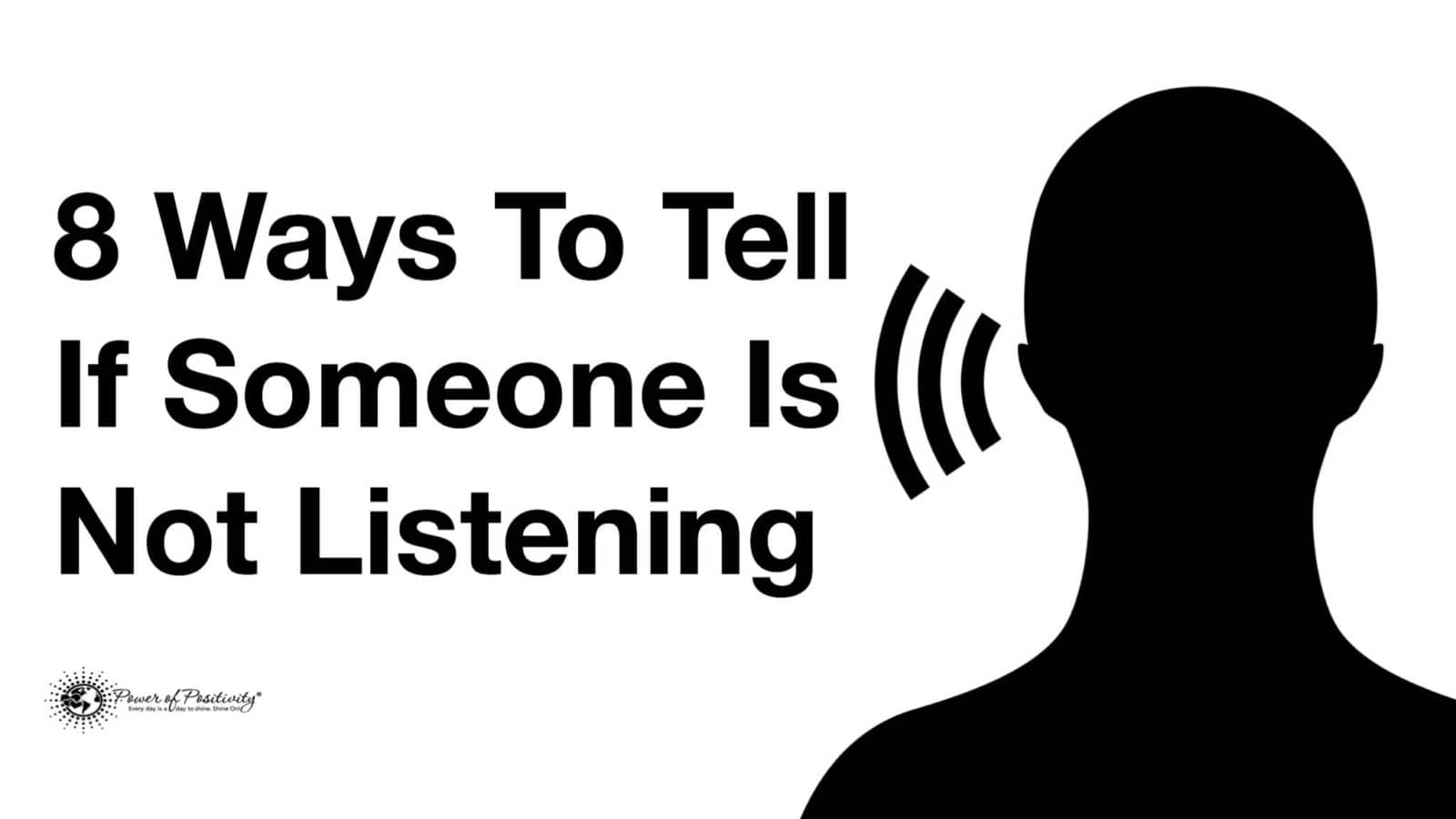Talking about trauma in a relationship isn’t an easy conversation, but it is necessary. It involves more than physical abuse, and any form is dangerous. Walking away from an abusive relationship requires identifying that there’s an issue–like trauma bonding.
Traumatic bonding occurs when a survivor of abuse develops an attachment or has sympathy for their abuser. It creates a toxic and dangerous situation that continually worsens, making it harder to break free.
Sometimes the abuse is so subtle and intensifies so gradually that it’s hard to recognize. However, there will likely be signs if you know what to look for, and it’s best to identify them immediately. Seeking help and recovering is hard, so the sooner you can help yourself or another person, the better it’ll turn out.
Neuroscientists warn that trauma bonding is a covert abuse because the survivor and the abuser share an unhealthy attachment. The survivor might not realize what is happening at first, so they must know what to look for. Identifying the severity of the situation is essential to getting out of and recovering from it.
What is Trauma Bonding?
When a person forms a strong bond with or idealizes their abuser, it is their way of coping with the trauma. They’ll develop an intense emotional connection, similar to Stockholm syndrome. After spending time with an abuser, they often bond with them and defend their actions.
Traumatic bonding occurs when an abuser is the primary source of support for their survivor. Survivors turn to their abuser for comfort, even when they cause pain. Often, the survivor believes this is how relationships are supposed to work.

Trauma bonding occurs when there is an imbalance of power and a mix of good times and abuse. It happens more often in domestic violence situations than in other occurrences. However, hostage situations and other traumatic events can trigger it, too.
This type of bonding often occurs in a domestic violence situation because of manipulation and mental abuse. The abuser will be manipulative as the emotional abuse gradually worsens. By the time it’s clear, the survivor will have already developed a deep connection with their abuser.
The abuser is usually a narcissist who inflicts emotional, mental, and sometimes physical abuse. They lead their partner to believe that they deserve the behavior change. Survivor will often do whatever they can to make their partner love them again.
If the survivor realizes they are being abused, they might leave their partner for a little while. Then, the abuser often convinces them to reconcile by displaying loving behaviors again. The abuser will quickly return to their abusive ways, but the bond will have deepened.
Signs of a Toxic or Emotionally Abusive Relationship
While physical abuse is easier to identify, emotional abuse is harder to recognize. They’ll use manipulation and charm to win someone over and wait to change until a bond has formed. Then, they resort to abuse but mix in warmth and kindness to keep the relationship going.
You will likely recognize some of the following signs:
- Lack of mutual support between partners
- Ongoing or recurring conflict or abuse
- One partner continually undermines the other
- Name-calling or putting a person down
- Destroying possessions
- Throwing things
- Humiliation
- Inability to rely on one another
- One partner controlling the other person’s relationships and behaviors
- Manipulation through apologies and vulnerability
- Blaming the other for the relationship issues and abuse
The Cycle of Abuse, Including Trauma Bonding
Along with understanding traumatic bonding, it helps to understand the cycle of abuse, too. Abuse comes in many forms, including domestic violence, emotional or mental abuse, child abuse, and much more.
While each form of abuse is different, they typically all follow the same cycle of abuse. This cycle includes four points, and each one escalates.
1. Miscommunication and Rising Tension
In this stage, the survivor notices changing behavior from their abuser. The changes are often subtle at first, but they’ll worsen until it reaches the next step. It can cause fear, intimidation, and confusion. The survivor will wonder what they did to make the abuser treat them differently.
2. Instances of Abuse
After a behavior change, the abuser will express physical, emotional, verbal, or mental abuse. It typically involves displays of anger or intimidation from the abuser, leading to more fights and worsening behavior. The abuser often uses threatening language, blames the survivor, and displays aggressive behaviors.
3. Making Up
An abuser will often apologize and try to make up for their behavior. They’ll seem remorseful and likely promise that it won’t happen again. Additionally, they will downplay the situation and say it wasn’t as bad as the survivor remembers it. They will also likely make excuses for what they did, and in some cases, they’ll deny it entirely.
The abuser will treat the survivor lovingly and be kind to them for a while. This stage of abuse includes quite a bit of manipulating and gaslighting. It also requires the survivor to rely on the good moments to get them through.

4. Things Calm Down, But Then Get Bad Again
After reconciliation, the abuse might stop for a little bit. There isn’t any significant incidence, and the survivor believes it won’t happen again. Unfortunately, that’s when stage one of the cycle of abuse begins again.
How Trauma Bonding Is a Covert Form of Abuse
Trauma bonding exacerbates the cycle, making it a dangerous and covert form of abuse. This cycle is what keeps people in toxic and abusive relationships.
When a traumatic bond forms, the survivor experiences harsh treatment, feel a threat of danger, and experience isolation from others. It makes it so the survivor feels they can’t escape because their abuser is all they have.
The abuse is covert because the attachment happens gradually and changes how a person’s brain works. Over time, the survivor’s hormones become imbalanced, making it biologically harder to break free of abuse. It affects bonding, dependence, withdrawal, stress, dopamine, and wanting hormones.
Brains release chemicals as an environmental response, which constantly happens in abusive relationships. It causes the brain to remain ready for sudden violence, and the survivor always looks for ways to avoid it. They always feel like the violent behavior is their fault, contributing to the covert abuse.
The toxic stress causes the brain to release high amounts of cortisol. When cortisol levels increase, it builds predictive patterns that override proper reasoning. It also leads to cognitive dissonance, causing the survivor to rationalize or justify the abuser’s behavior.
The cognitive dissonance leaves the survivor feeling embarrassed or ashamed because they subconsciously know it’s wrong. They blame themselves because it’s the only way to justify that what happened was okay. With their neurochemistry off-balance, it’ll be hard for them to manage emotions and think logically.
How to Break Free of Trauma Bonding and Other Covert Abuse
If you are in an abusive relationship, know that you are not alone, and it is not your fault. Freedom is possible, and you deserve to break free of the cycle you’re in right now. The first step to breaking a trauma bond is acknowledging it is a form of abuse.
When the abuse is covert and subtle, it’s harder to realize that it is destructive. There are signs to look for to help you recognize when you’re in an abusive relationship. Look for the following signs of an abuser in your lofe:
- Anxiety when things are calm because you know something terrible is coming
- Constantly blaming yourself for the abusive behavior
- Feeling confused about the way someone is treating you
- Justifying behavior that you know isn’t right
- Feeling controlled
Acknowledging the abuse is only one step to breaking free, however. Once you’ve admitted the problem, you must take steps to leave the relationship for good. Take things one day at a time, and remember that the urge to go back will decrease over time.
You might also benefit from using positive affirmations to end the cycle of negative thinking. Use the phrases to stop blaming yourself for the abuse and trust yourself again. Then, you’ll be less likely to find yourself back in the cycle of abuse.
The most crucial step in breaking free from abuse is finding support. Turn to your trusted loved ones for support because it’ll help break the isolation you experienced from your abuser. It might be hard to open up at first, but you’ll quickly find that you are not alone.
Final Thoughts on Why Neuroscientists Warn That Trauma Bonding Is a Covert Form of Abuse
Trauma bonding is complex because it involves a deep connection with the abuser. It forms gradually, allowing the bond to develop before the abuser shows their true personality. The abuse slowly changes how the survivor’s brain works, making it a discreet form of abuse.
While it’s challenging to break free of a traumatic bond, it is possible. Turn to your support network for guidance and comfort, and avoid reaching out to the abuser. You deserve to be treated well; any form of abuse is never okay.


















